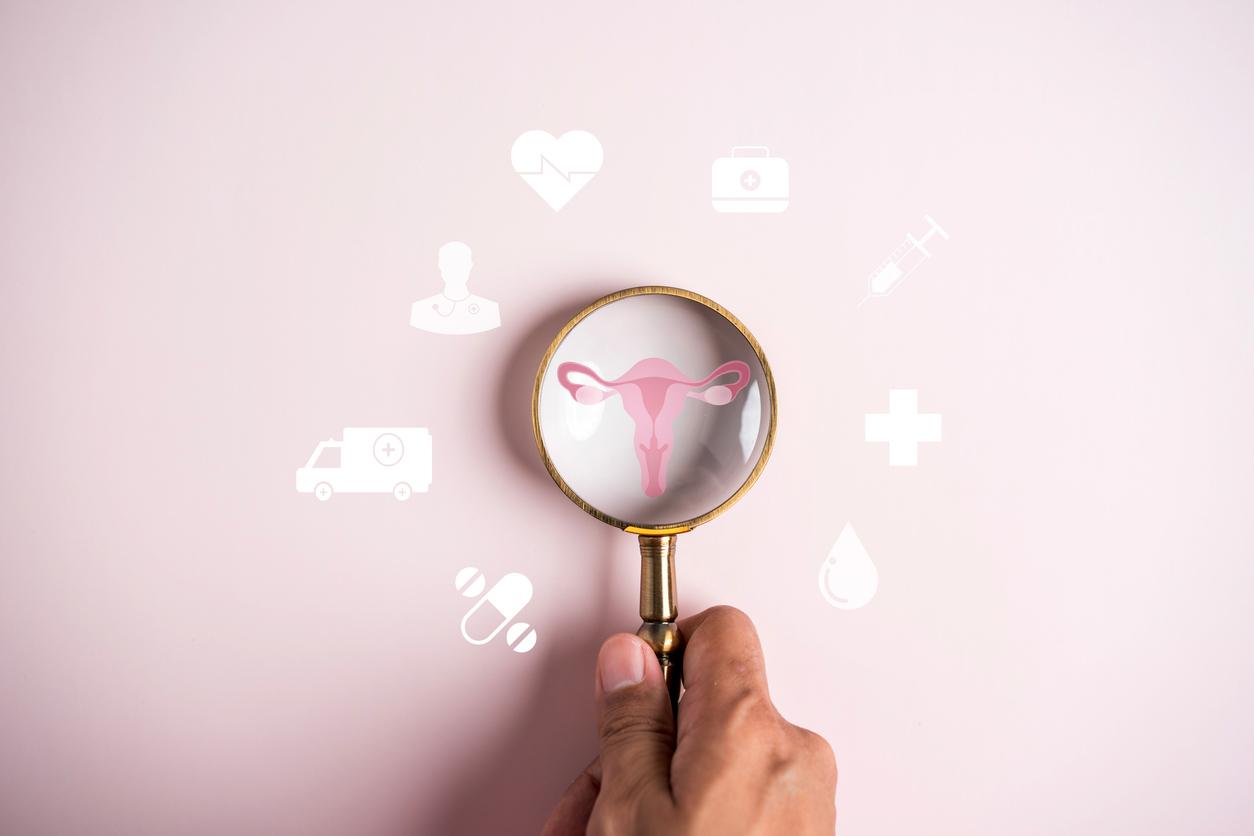In France, the diagnosis of microscopic colitis is worn at 10 to 14% of patients experiencing chronic diarrhea. Often confused with irritable bowel syndrome, microscopic colitis is not that rare and is thought to affect 8 people per 100,000 population according to 2017 figures. In the UK, 17,000 cases are diagnosed each year, but this figure could actually be much higher because this inflammation is often misdiagnosed and underreported.
Little by little, the taboo rises around intestinal disorders, pushing some women to speak out about what is ruining their daily lives. “Most of us have experienced a bout of diarrhea or constipation at some point, and so many people suffer from intestinal upset, so we should talk about it. People are more aware of their gut health than ever before, and information about what to do if you have symptoms is more accessible.”says Dr. Sammie Gill at Glamour.
Microscopic colitis: what is it?
Microscopic colitis is a type of inflammatory bowel disease which affects the large colon and usually causes watery diarrhea and cramping.
“When we think of inflammatory bowel disease (IBD), we often think of Crohn’s disease or ulcerative colitis. Microscopic colitis is also a form of IBD, but it is not as well recognized“, recognizes Dr. Gill.
What are the symptoms of microscopic colitis?
What makes detecting microscopic colitis so difficult is that its symptoms can be confused with those of irritable bowel disease.
The symptoms can be the following:
- Watery diarrhea;
- Abdominal pain;
- Weight loss;
- Fatigue;
- Faecal incontinence;
- Joint or muscle pain;
- Bloating and flatulence.
“Fatigue, joint pain and weight loss are not typical symptoms of IBS, but can be symptoms of other types of IBD like Crohn’s disease or ulcerative colitis.says Dr. Gill. Other intestinal disorders such as celiac disease and bile acid diarrhea [selles urgentes, aqueuses et pâles] are more common in people with microscopic colitis.”
How is microscopic colitis diagnosed?
The diagnosis of microscopic colitis can only be made after a large intestine biopsyobserved under a microscope, the inflammation being too small to be seen with the naked eye.
In order to perform the biopsy, affected patients must first perform a colonoscopy to inspect the inside of the intestine. A tissue sample is then taken and sent to the laboratory for examination and diagnosis.
What causes microscopic colitis?
The causes of this inflammation of the intestine are, for the time being, not well known. “It’s thought to be a combination of factors that trigger your immune system into overdrive and start attacking the healthy cells that line the large intestine.“, says Dr. Gill.
The risk factors are:
- I’ageespecially between 50 and 70 years old;
- THE sexwomen are the most affected;
- Smoking.
How is microscopic colitis treated?
Treatment varies depending on the severity of the symptoms and can range from a simple change in lifestyle to the prescription of drugs such as budesonide in case of severe forms. “If a person smokes, it would be recommended to quit in order to reduce the risk of other intestinal disorders, as well as to prevent the worsening of symptoms”advises Dr. Gill. Avoid excessive alcohol consumption and reduce caffeine can also be useful.
Diet can play an important role in the treatment of microscopic colitis. It is advisable to consume fruits, vegetables, whole grains, legumes, nuts, seeds, herbs and spices.
A cure of probiotics can finally be considered, in order to limit the digestive discomfort linked to diarrhea.

















